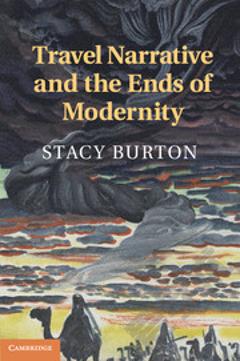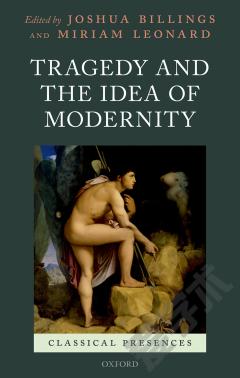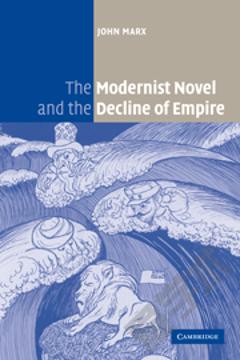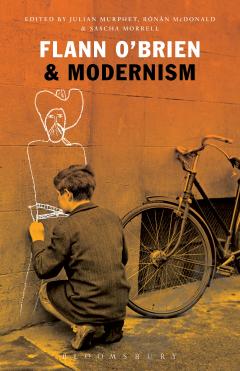The End of Fortuna and the Rise of Modernity
The late 16th century and the first half of the 17th century saw a final resurgence of the concept of Fortuna. Shortly thereafter, this goddess of chance and luck, who had survived for millennia, rapidly lost her cultural and intellectual relevance. This volume explores the late heyday and subsequent erasure of Fortuna. It examines vernacular traditions and confessional differences, analyses how the iconography and semantics of Fortuna motifs transformed, and traces the rise of complementary concepts such as those of probability, risk, fate and contingency. Thus, a multidisciplinary team of contributors sheds light on the surprising ways in which the end of Fortuna intersected with the rise of modernity.
{{comment.content}}








 京公网安备 11010802027623号
京公网安备 11010802027623号